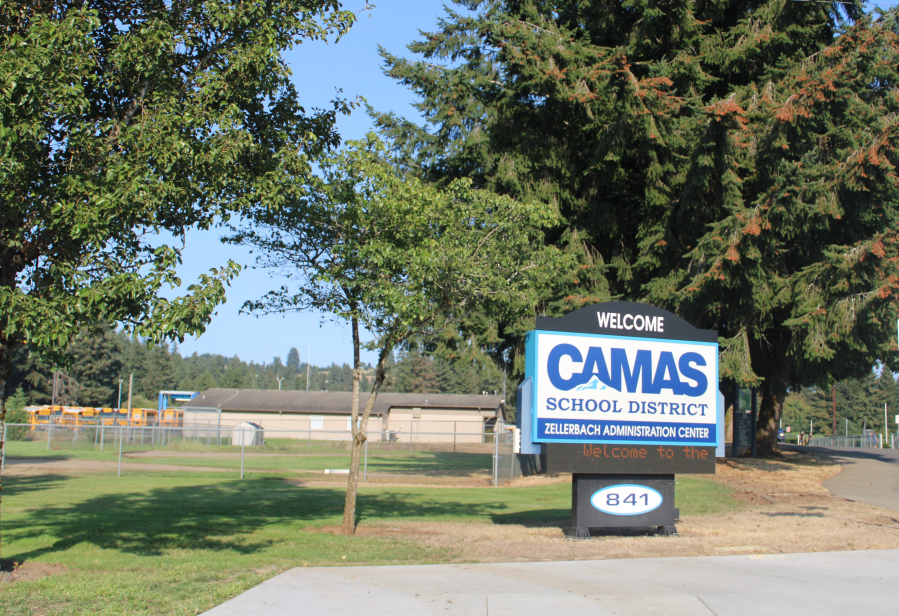The Camas School Board will have some tough budget decisions ahead of them in the coming years.
That was the message the school district’s finance director, Jasen McEathron, delivered during the board’s April 18 workshop.
“We are approaching this new age for the Camas School District,” McEathron told the board earlier this month. “Enrollment is the single biggest thing that drives our funding … We were experiencing 2.5 percent growth before the (COVID-19) pandemic. Now we’re forecasting pretty modest growth over the course of the next four years, so it’s definitely different.”
A new enrollment forecast shows the Camas School District’s student enrollment is expected to grow again, but much slower than in the pre-pandemic years. Though the pandemic caused some Camas families to withdraw their students from public schools, McEathron said the forecasted enrollment slowdown is also due to factors that existed even before the pandemic.
“Birth rates are down and the cost of housing in Camas is very expensive,” McEathron said. “So we cannot expect to see 2.5 percent growth. We were already on a pathway for enrollment to slow down, and that was going to change our revenue curve.”



